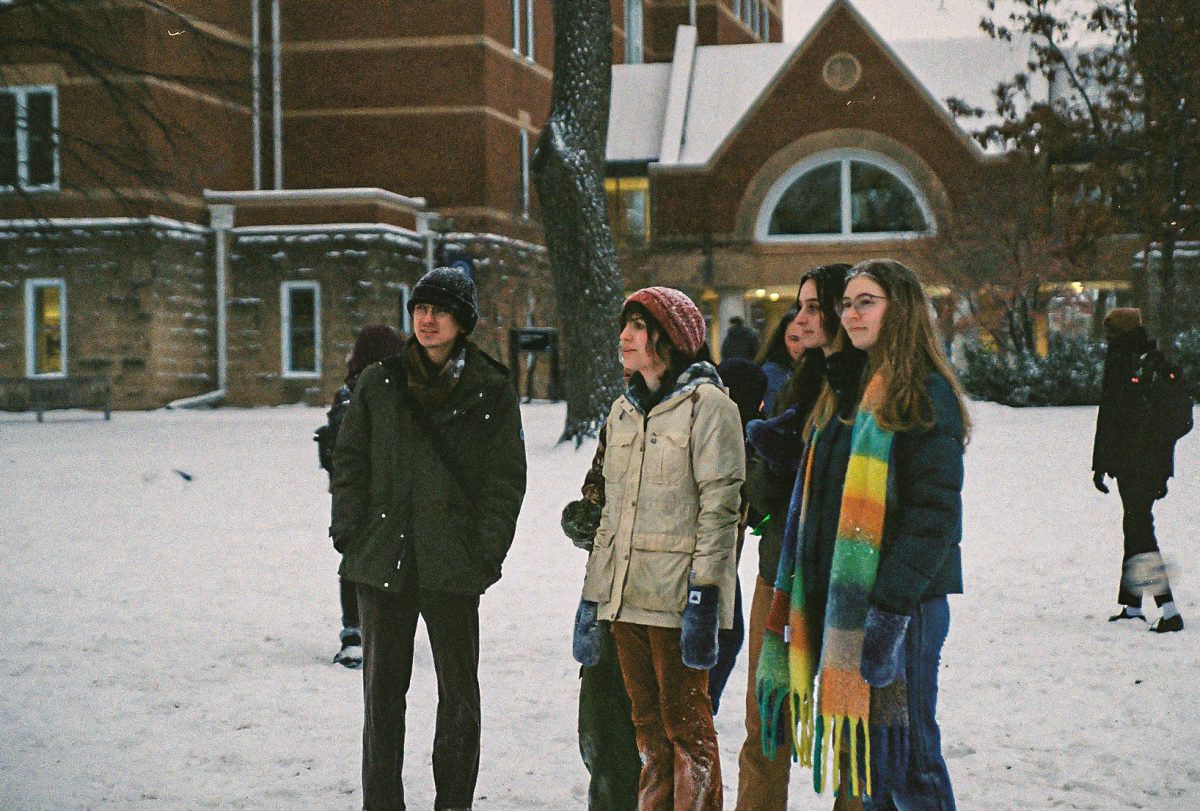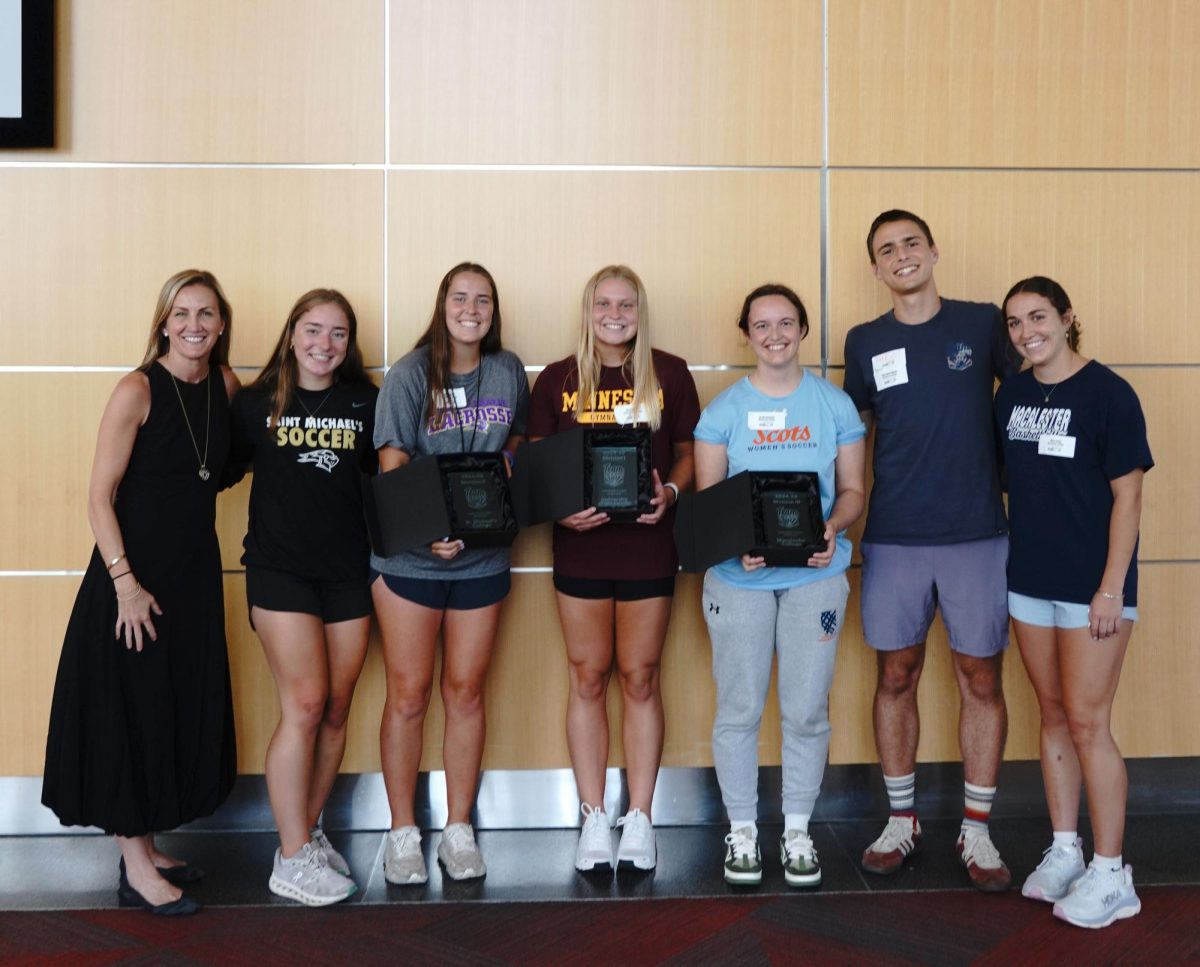
For people who care enough about being good at a game with character selection to research guides for it, it is pretty much impossible to avoid a radar chart (also known as a spider chart). Easily mistaken for a web on first glance, they are charts that aggregate multiple variable qualities into one place. Each variable runs along one axis starting from a center point, and the values for each extend outwards from this center along the axis. I have long internalized the image of radar charts because of their ubiquitous use throughout gaming guides. They were my keys to character/weapon selection, letting me compare and assess the base stats of my choices’ bullet capacity, speed, intelligence, range, offense, health, defense, etc. I think my reliance on them to organize multivariate data for most of my life has led me to think beyond their use in my life in gaming by bringing them into a queered understanding of attraction.
Attraction is a force, a moment of feeling and a site of identity. Typically, discussions involving attraction do not focus on it in and of itself; instead, attraction is thrown in only as a tool to describe the feelings we may have for someone of the same, similar and/or different genders, if you/they have a gender at all. These conversations will often collapse sexual desire and romantic desire under the word “attraction,” with the assumption that everyone conflates these three things as one when they speak of what makes a “relationship.”
I, however, do not play that way, because such conflations limit our imaginations for truly loving, exciting, transformative, radical ways to interact with the world around us. They do so by imposing an unnecessary emphasis on relationships that are both sexual and romantic, putting this one interaction type above the infinite other kinds we can experience. It also erases the very existence of asexual and aromantic experiences, both underrepresented communities in the discourse surrounding sexuality, love and relationship creation.
What some asexual and aromantic communities have offered as an alternative is to break down the monolith of “attraction” and then add more than the two variables (sexual and romantic attractions) we have come to prioritize. The most common categories of attraction I have seen proposed are aesthetic (what people look like); emotional (dealing with personality, emotions, and the way they support you); romantic (wanting a “romance” with them according to or in defiance of cultural expectations of courtship); sensual (desire for nonsexual tactile sensation, like cuddling, hugging, or kissing); and sexual (physical intimacy involving genital touching and/or orgasm). The limits of what these actually mean in practice are usually, purposefully left rather open-ended. This flexibility opens up the opportunity for conversation for what these things mean for you and your relationship partners.
And here is where that radar chart becomes applicable. At each corner there could be a different kind of attraction, and you can plot out attractions and magnititudes across axises of attraction. By having different categories, you can give a fuller account for the way attraction might manifest for one person versus someone else.
However fun this can be to plot and however much these main categories seek to expand, they are also not exhaustive, thus creating more barriers for exploring how we may or may not be drawn to other people. For example, there is a sly refusal in asexual and aromantic resources to mention financial attraction as a draw for some people. While not as simple to digest as the other kinds of attraction due to how politically charged it is, ignoring how finances potentially impact your decision means not giving a language within attraction to how classism affects how we choose our relationships. Another example, which angers me to no end, is the evacuation of spiritual attraction from these resources. It represents to me an unnecessary secularization of queer spaces that eliminates the potential richness of spirituality and religion for those it impacts. I, after all, can only think through the language of attraction to describe the cosmic, embracing way I love those with whom I am in spiritual union. And when I say embracing, I mean it literally—whenever my soul sibling and I cross paths under the Link (a peculiarly frequent occurence), we stand in an fierce embrace, parting the crowd of our peers like a rock cutting open a wave. There is a beauty to us that goes beyond what the categories listed above are trying to offer.
There are infinite many other examples forgotten by these main categories. I hesitate to propose the complete erasure and dismissal of these categories of attractions. They do offer strategies for communication and give us a language for desires, limits, identities and articulations for other possible ways of experiencing relationships. There is a reason, after all, so many asexual and aromantic communities encourage a more thorough understanding of the different ways attraction can and cannot be experienced by a person. These categories offer us all opportunities for critical reflection, identification and education through the introduction of this vocabulary.
But do not end your exploration of self with a slight fracturing of how you describe your current relationships. Go deeper. Truly challenge yourself and the ways you construct your past, current, future and potential relationships. Discover what makes one kind of attraction different from another type for you. Allow room for some uncertainty, hesitation, curiosity, confusion and apathy toward putting strict labels to our intimate relationships: we don’t always have to strive to understand ourselves and others. Actively engage with moments when slippages in attraction types happen so that all parties involved are respected, valued and safe. Do not put a hierarchy to the kinds of relationships in your life just because you’ve been taught to—a platonic friendship can be just as intimate, important and fulfilling as a sexual-romantic partnership.
Learn, basically, to value the relationships in your life enough to understand how they impact you. There is a reason you are drawn to these people, and I believe broadening conceptions of attraction allows for deeper reflection and thus a deeper experience. Going back to the radar charts once more, let me say it’s the first step to know that you have more than one variable to plot. That already means so much and can open you to so many new possibilities of experience. But then you have to really look at the shape left by your points: look, understand, appreciate, explore, be utterly moved by and love the field of your attraction. A polygon on a graph can help you only so much, after all.
Because truth be told, no matter what the gamer guides said and what the graph points told me, I would rarely pick the character with the best stats. I knew what gave me the most fulfillment, what was the most fun, and what I could be the most destructive with, so I always chose whoever let me have the shotgun, hammer or use of brute force. I guess to complete my analogy with how radar charts applies to sexuality, love and relationship creation: just love all your polygons like I love shooting zombies with shotguns.






Austin Bond • Sep 11, 2019 at 5:19 pm
Thanks for making me to obtain new strategies about computer systems. I also hold the belief that one of the best ways to keep your laptop in excellent condition is a hard plastic-type material case, as well as shell, which fits over the top of your computer. These kinds of protective gear usually are model specific since they are made to fit perfectly in the natural casing. You can buy all of them directly from owner, or via third party places if they are available for your notebook, however not every laptop can have a cover on the market. Once more, thanks for your ideas.
Gordon Hughes • Sep 10, 2019 at 11:27 am
Thanks for another fantastic article. The place else may just anyone get that kind of info in such a perfect approach of writing? I’ve a presentation subsequent week, and I am at the search for such information.
Anne Hart • Sep 7, 2019 at 12:40 pm
I got what you intend, thankyou for putting up.
FashionNovacoupons • Jul 31, 2019 at 8:17 pm
Excellent content and straight to the point. I don at recognize if that is truly where to talk to but do you people have any ideea where to get some expert publishers? Thanks in advance
NativeDeodorantcoupon 2019 • Jul 30, 2019 at 9:18 am
Great article, some very much effort put in here. The best strategy so far may be the your text!
SkyZonediscountcode • Jul 29, 2019 at 7:09 pm
superb post mate, though there is certainly a good presssing issue with backlinking concerning ecommerce.
chipotle coupon • Jul 29, 2019 at 4:33 pm
Has anyone got any genuine success through HARO? It merely feels that the majority of of the reporters mounted on the organization is going to be from the united states which terribly lack much targets from other countries particularly in South Asia. Brian, can you one-on-one myself to any situation research? Thanks.
stockxcoupon • Jul 29, 2019 at 8:57 am
Great post Brian how you covered all of the techniques for website owners.
free prints 2019 • Jul 29, 2019 at 6:58 am
Yeah, nice articles but In the initial step. You stated promote in order to women and men that you have talked about in your blog post.